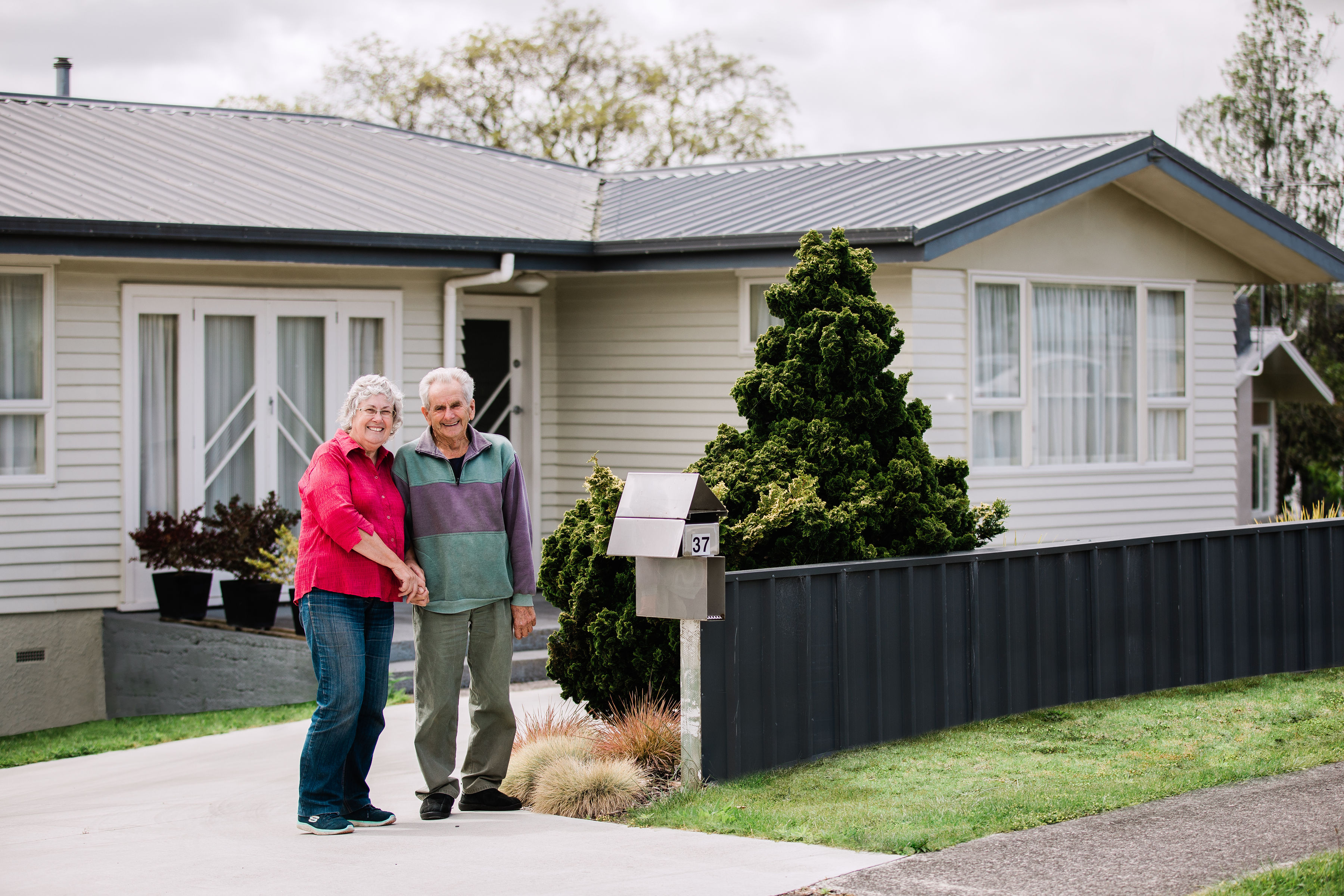1951년 스리랑카에서 태어난 제야 윌슨은 영국에서 괴롭힘을 당하고, 버락 오바마가 최초의 아프리카계 미국인 대통령이 되도록 도왔고, 반핵 운동에서 중요한 역할을 하는 등 놀라운 삶을 살았습니다.그녀는 아마도 데이비드 랭을 설득하여 1985년 옥스퍼드 유니온 토론에 참여하도록 설득한 것으로 가장 잘 알려져 있을 것입니다. 그는 여기서 우라늄에 관한 유명한 대사를 발표했습니다.당시 윌슨은 옥스퍼드 연합의 의장이었는데, 이 직책은 미래의 많은 총리들이 맡게 되었습니다.
윌슨은 영국에서 겪은 인종 학대에도 불구하고 옥스퍼드 대학교를 직접 본 후 진학하기로 결심했습니다.그녀는 장학금을 받아 그곳에서 공부할 수 있었고, 결국 영국 총리가 될 보리스 존슨과 함께 옥스퍼드 유니온 의장직에 출마했습니다.윌슨은 미래의 파키스탄 총리가 될 베나지르 부토 (Benazir Bhutto) 에 이어 두 번째로 권위 있는 직함을 가진 유색인종 여성이 되었습니다.
윌슨은 대통령에 취임하기 전에 유명한 토론회를 연 위원회의 일원이었습니다.그녀는 뉴질랜드 총리인 데이비드 랭을 초대하여 토론에 참여하도록 했는데, 이는 예측할 수 없는 논쟁의 특성 때문에 위험한 결정이었습니다.랭은 핵무기의 도덕성에 관한 토론에 성공적으로 참여하여 기립 박수를 받았습니다.
현재 윌슨은 뉴질랜드 황가누이에서 조용한 삶을 살고 있다.제네바 호수 근처에서 14년간 살다가 남편과 함께 뉴질랜드로 돌아가기로 결심했다.그녀는 소박한 삶을 즐기며 그 어떤 것과도 바꿀 수 없습니다.




























































